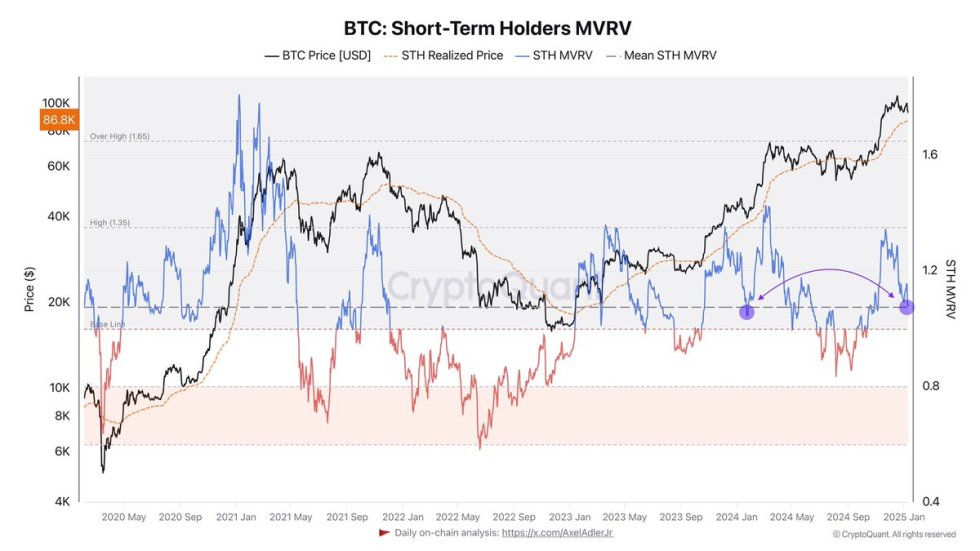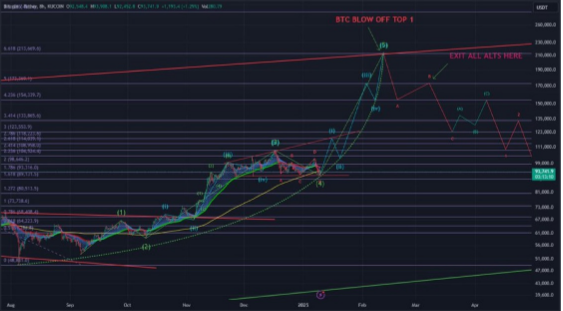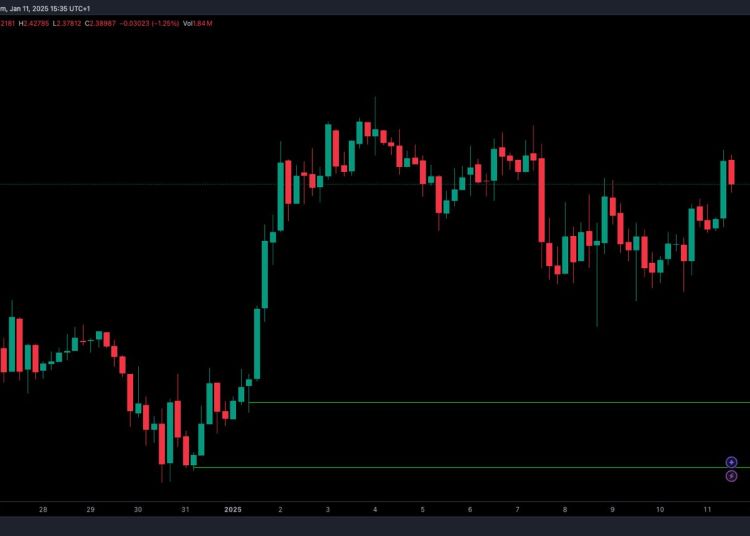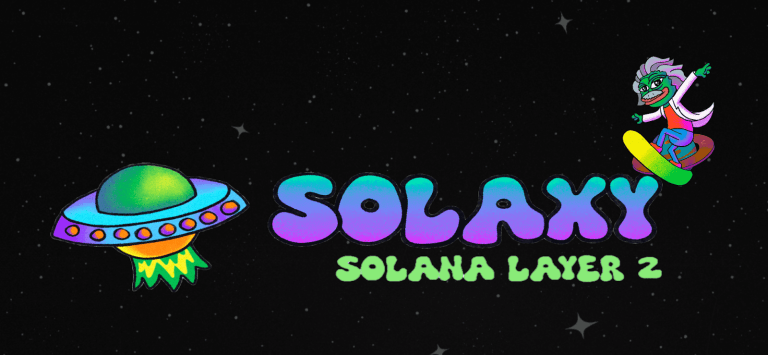Anchor Has Its Best Month Ever
Anchor is targeting to become a household savings vehicle by taking a new approach to stablecoin yield. Its protocol is designed to generate a yield from on-chain revenue, or block rewards, of major Proof-of-Stake blockchains. Doing so eliminates the inconsistencies in stablecoin yields that are a common problem with leading DeFi lending protocols like Compound and Maker. Anchor is built on the Terra blockchain and it currently offers an annual UST (Terra’s native, USD-pegged stablecoin) yield of 19.7%.
December marked Anchor’s best month to date. The protocol saw $2.6 billion in new UST inflows, and now holds more than $10 billion in total value locked (TVL). The total collateral on the protocol, which is distributed across bonded Ethereum and Luna assets, increased by 83% month-over-month in December to reach $5.67 billion in value. New collateral options, including bonded Solana and bonded Atom, have entered the auditing phase.
Moonbeam Becomes the First Functional Parachain on Polkadot
Moonbeam is an Ethereum-compatible layer-1 platform on the Polkadot network, which seeks to build natively interoperable applications. The Ethereum compatibility allows developers to integrate existing Solidity smart contracts and DApp frontends with Moonbeam by making only minimal changes.
On January 11, Moonbeam became the first fully functional parachain on Polkadot. Parachains are application-specific blockchains that run in tandem with each other on the Polkadot platform. Moonbeam’s launch on Polkadot now allows over 80 projects to be deployed on the Polkadot network. This is likely to provide a huge value for the Polkadot ecosystem.
Tether (USDT) Freezes Accounts
Tether froze $150 million of USDT last week, which stirred debates in the crypto community regarding the centralized operation of this cryptocurrency. Three wallet addresses were blacklisted by Tether during the process.
The majority of the stablecoin market consists of centralized stablecoins like USDT and USDC. DAI has been deemed the only “decentralized” stablecoin in the market so far.
Stablecoins have also become a major concern for governments, who fear that they will eventually pose serious competition against the sovereignty of their national currencies. And since Tether is the predominant stablecoin in the market, it may become the primary target of regulators in the future.
USDC Surpasses USDT For The First Time
The value of the USDC stablecoin on the Ethereum blockchain has surpassed that of Tether (USDT) for the first time.
According to Etherscan, the total supply of USDC on Ethereum reached 40.4 billion, while USDT’s total supply on the same blockchain is currently at 39.8 billion.
The main reason behind USDC’s growth is its increased adoption in the decentralized finance (DeFi) world. Stablecoins are commonly used for trading on decentralized exchanges and for making a number of different transactions on DeFi protocols.
USDT is mainly used in centralized cryptocurrency exchanges. Due to this, demand from institutions has gradually declined. On the other hand, demand from retail investors in Turkey and several countries in Latin America is surging due to ongoing currency crises, according to The Block.
Overall, USDT’s entire supply across all blockchains is still significantly higher than that of USDC. Tether’s current total supply sits at 82 billion, while USDC’S is at around 45 billion.

You can get bonuses upto $100 FREE BONUS when you:
💰 Install these recommended apps:
💲 SocialGood - 100% Crypto Back on Everyday Shopping
💲 xPortal - The DeFi For The Next Billion
💲 CryptoTab Browser - Lightweight, fast, and ready to mine!
💰 Register on these recommended exchanges:
🟡 Binance🟡 Bitfinex🟡 Bitmart🟡 Bittrex🟡 Bitget
🟡 CoinEx🟡 Crypto.com🟡 Gate.io🟡 Huobi🟡 Kucoin.




















Comments